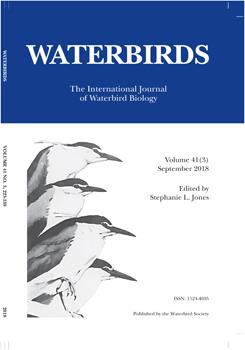The Brazilian Merganser (Mergus octosetaceus) is globally classified as a Critically Endangered species and is one of the world's rarest waterbirds. The breeding ecology of this species was studied between 2005 and 2016 in the region of the Serra da Canastra National Park, Minas Gerais, Brazil. Between two and six nests were followed each year, with mean of 4.1 (n = 18 nests). Mean clutch size was 6.7 ± 0.9 (n = 31 clutches) with a range of five to eight eggs per nest. Average incubation constancy was 88.3% (n = 3 nests) and ranged from 86.7% to 90.7%. Mean incubation temperature and humidity were obtained from three nests and ranged from 33.6 °C to 33.8 °C and 65.9% to 70.2% respectively. The nest success was 77.1%, and the duckling survival (up to 8 weeks) was 53.8%. Nest predation was relatively low at 7.9%, and the annual reproductive output was 4.7 ducklings/female. Data on breeding ecology is fundamental in guiding conservation strategies, both in the field and in captivity.
How to translate text using browser tools
1 September 2018
Reproductive Ecology of the Brazilian Merganser (Mergus octosetaceus) in Serra da Canastra National Park and Adjacent Areas, Minas Gerais, Brazil
Flávia Ribeiro,
Lívia Vanucci Lins,
Flávio Henrique Guimarães Rodrigues
ACCESS THE FULL ARTICLE

Waterbirds
Vol. 41 • No. 3
September 2018
Vol. 41 • No. 3
September 2018
Brazilian Merganser
breeding success
clutch size
incubation constancy
incubation rhythm
Mergus octosetaceus
nest success




